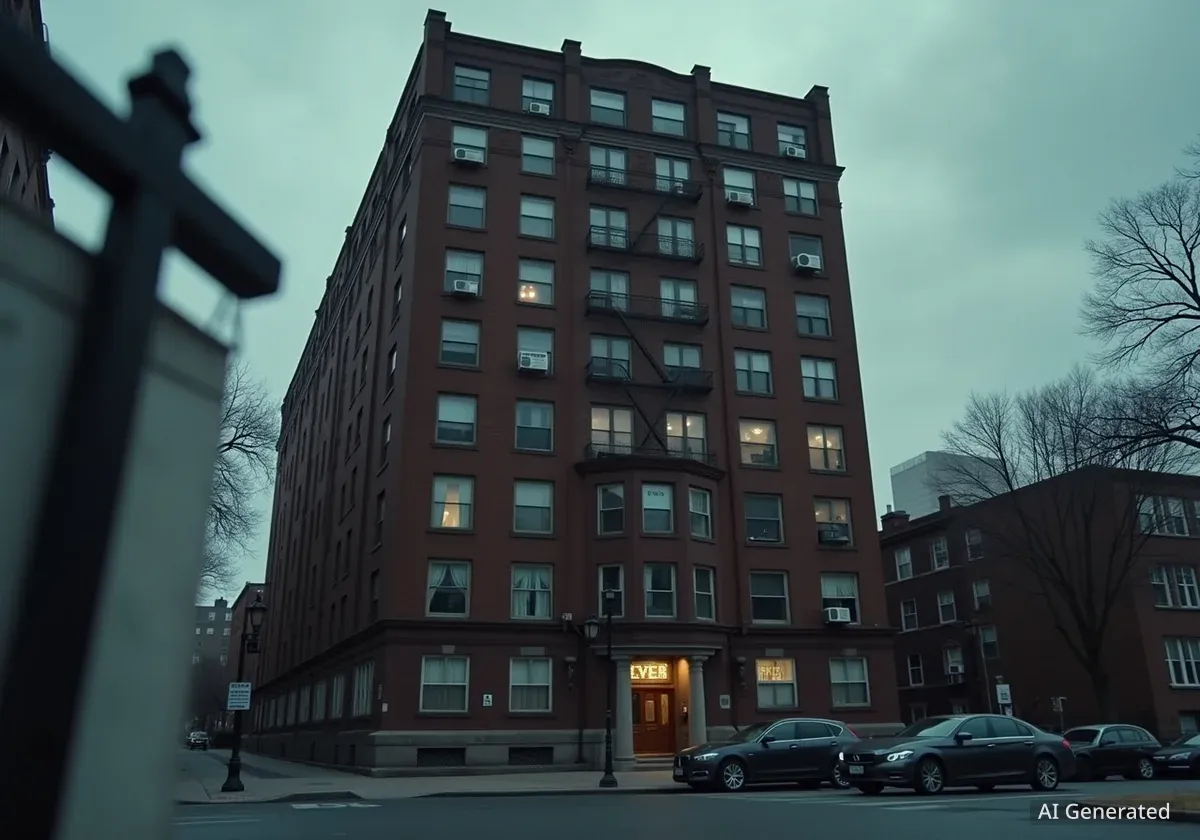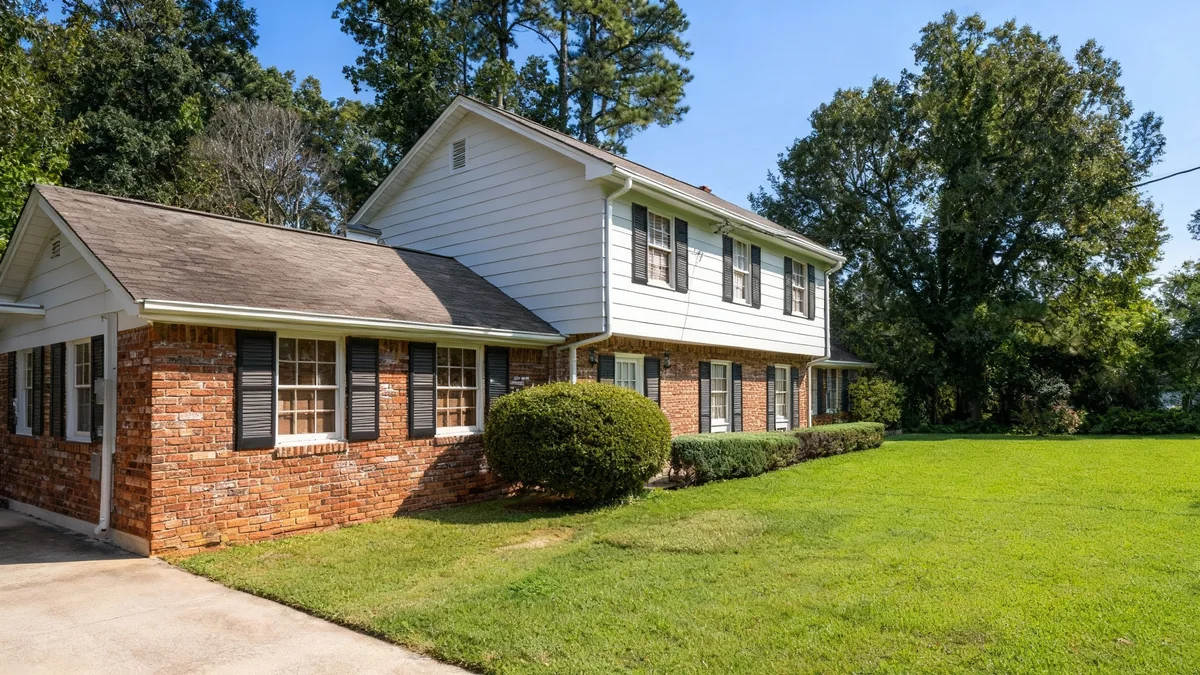A massive portfolio of over 5,100 rent-stabilized apartments across New York City is being prepared for a potential bankruptcy auction. The properties, located in Brooklyn, Queens, Manhattan, and the Bronx, entered Chapter 11 bankruptcy protection earlier this year amid significant financial distress.
The collection of buildings carries more than $564 million in debt held by Flagstar Bank. The legal proceedings have set a proposed timeline that could see the properties sold to a new owner in early next year, a move that will be closely watched by tenants, housing advocates, and real estate investors.
Key Takeaways
- More than 5,100 rent-stabilized apartments across four NYC boroughs are being marketed for a potential auction.
- The properties are tied to 82 debtor corporations that filed for Chapter 11 bankruptcy.
- Flagstar Bank is the primary creditor, holding over $564 million in debt on the buildings.
- A proposed timeline sets a bid deadline for December 21, with a potential auction in January.
- The situation highlights broader financial challenges for landlords of rent-regulated properties in New York City.
The Scope of the Portfolio and Proposed Sale
The properties involved in the bankruptcy case are spread across dozens of buildings in New York City's diverse neighborhoods. This significant portfolio of housing units is now at the center of a complex legal and financial process that could reshape its ownership and management.
According to court filings, the entities that own the buildings are controlled by a company named Zarasai and managed by the Pinnacle Group, with Joel Weiner as its CEO. These 82 distinct debtor corporations collectively filed for Chapter 11 protection, signaling a severe inability to meet financial obligations.
Lawyers overseeing the case have established a schedule for potential buyers. Interested parties are asked to submit non-binding indications of interest by November 21. A formal bid deadline has been proposed for December 21. If a judge approves the plan, an auction for the properties is anticipated to occur in January.
Understanding Chapter 11 Bankruptcy
Chapter 11 bankruptcy allows a company to continue operating its business while it reorganizes its finances and debts. The goal is often to create a plan to repay creditors over time. In cases like this, it can also lead to the sale of assets, such as real estate, to satisfy outstanding debts.
Financial Distress and Alleged Mismanagement
The path to bankruptcy began when the debtor corporations allegedly stopped making debt payments in January 2025. Flagstar Bank, the main lender, initiated legal action based on these defaults. Court documents paint a picture of a portfolio under intense financial strain.
Filings noted that the companies reported having no cash on hand as of May. This raised questions about financial management, with the bank's lawyers suggesting "serious net operating losses by debtors, and/or some other transfer of debtors’ funds that has not been explained."
The court documents cite "a challenging rent-regulated housing market, in which landlords are experiencing significant cost increases while they have a limited ability to increase their rental income, compounded by sharp increases in debtors’ financing costs."
This statement underscores the economic pressures facing owners of rent-stabilized buildings, where the ability to raise rents is legally restricted, while operating costs like maintenance, taxes, and interest rates have risen sharply.
Deteriorating Conditions and Tenant Impact
Beyond the financial turmoil, the physical condition of many of the buildings has reportedly declined. An analysis of municipal data revealed a significant increase in serious housing code violations at the properties managed by Pinnacle Group.
Spike in Housing Violations
According to a Bloomberg analysis, the number of "immediately hazardous" housing violations at the bankrupt properties increased fourfold between 2019 and 2024. This rate of increase was twice that of similar rent-stabilized properties across the city during the same period.
These violations represent serious issues that can affect tenants' quality of life and safety. The data suggests that as financial problems mounted, investment in property maintenance may have faltered, directly impacting the residents of these 5,100 apartments.
A Broader Trend in New York's Housing Market
The situation involving the Pinnacle-managed portfolio is not an isolated event. It reflects a wider trend of financial difficulty for owners of rent-stabilized workforce housing in New York City, particularly since the passage of major tenant protection laws in 2019.
In a separate case in 2024, a special servicer moved to foreclose on 28 workforce housing properties owned by Emerald Equity Group. These properties backed commercial mortgage-backed securities loans and faced similar financial pressures.
Market analysts point to several key factors creating this challenging environment:
- The Housing Stability & Tenant Protection Act of 2019: This legislation significantly limited landlords' ability to increase rents on stabilized units, even after tenants move out or improvements are made.
- High Inflation: Rising costs for fuel, labor, and materials have dramatically increased building operating expenses.
- Inability to Collect Rent: Lingering issues from the pandemic era have sometimes made it difficult for landlords to collect all owed rent.
According to a report from DBRS Morningstar, these factors have "critically impaired the value of rent-stabilized assets in NYC over the past five years." The upcoming auction of the 5,100 apartments will serve as a major test of the market's appetite for such properties under the current regulatory and economic conditions.





